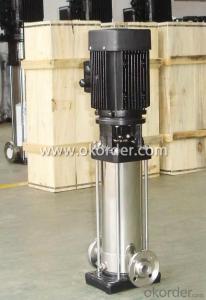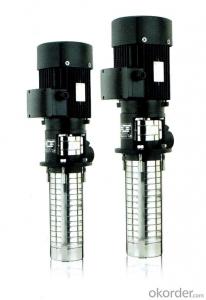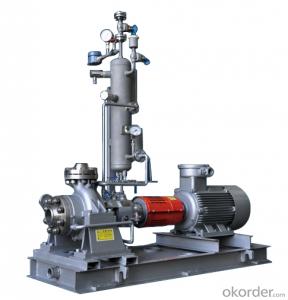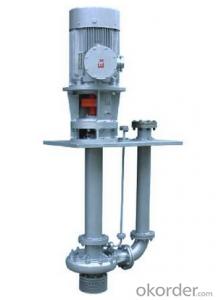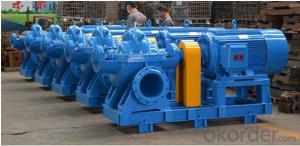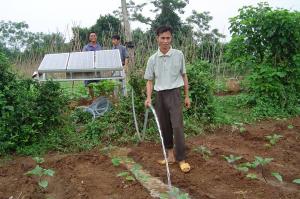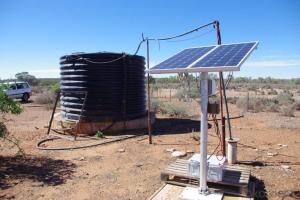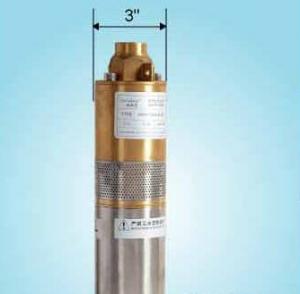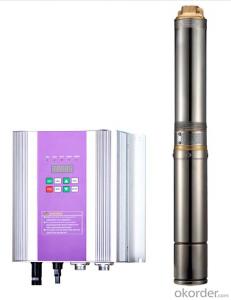Best Solar Pump Inverter
Best Solar Pump Inverter Related Searches
Best Paint For Stainless Steel Best Inverter For Solar System Solar Panel Inverter For Home Best Inverter For Solar Panels Best Solar Inverter For Rv Bending Machine For Pvc Profiles Micro Inverter For Solar Panel Best Glue For Aluminum Foil Pvc Foil For Mdf Plastic Wall Coverings For BathroomsHot Searches
Type Of Inverter For Solar Price Of Shipping Containers For Sale Types Of Inverter For Solar Used Sandwich Panel For Sale Bags Of Cement For Sale Pvc Chairs For Sale Tilt Panel Props For Sale Types Of Temporary Side Panels For Cement Deck Cost Of Awnings For Decks Type Of Scaffolding With Pdf Price Of Scrap Stainless Steel Price Of Stainless Steel Scrap Price Of Stainless Steel Type Of Stainless Steel Best Solar Inverter In China Types Of Stainless Steel Grades Types Of Stainless Steel China Aluminum Coil Factory pvc pipe manufacturers in usa Sandwich Panel Price In IndiaBest Solar Pump Inverter Supplier & Manufacturer from China
Okorder.com is a professional Best Solar Pump Inverter supplier & manufacturer, offers integrated one-stop services including real-time quoting and online cargo tracking. We are funded by CNBM Group, a Fortune 500 enterprise and the largest Best Solar Pump Inverter firm in China.Hot Products
FAQ
- Yes, a solar pump can indeed be used for water supply in remote islands. Solar pumps are a sustainable and efficient solution for water supply in areas with limited access to electricity grids. They can utilize solar energy to pump water from wells, boreholes, or other water sources, eliminating the need for grid electricity or fuel-powered pumps. This makes solar pumps an ideal choice for remote islands where traditional power sources may be scarce or unreliable.
- A solar pump helps in reducing the use of herbicides by providing an alternative method of irrigation that relies on renewable energy. By using solar power to pump water for irrigation, farmers can minimize the need for chemical herbicides to control weeds. This is because the solar pump allows for targeted watering, ensuring that water is delivered directly to the plants, reducing the growth of weeds. Moreover, the use of solar power eliminates the need for fossil fuels, which are often used in traditional irrigation methods, further reducing the environmental impact and dependence on herbicides.
- Yes, solar pumps can be used for water supply in mining or construction sites. They are a reliable and cost-effective solution as they utilize renewable energy from the sun to power the pumps. This eliminates the need for grid electricity or fuel-powered pumps, reducing operational costs and environmental impact. Solar pumps can efficiently supply water for various applications such as dust suppression, irrigation, or drinking water, making them a suitable choice for mining or construction sites.
- Yes, a solar pump can be used in areas with high levels of nitrates in the water. The presence of nitrates does not affect the functionality of the solar pump, as it is designed to efficiently extract and pump water using solar energy. However, it is important to note that the use of a solar pump does not remove nitrates from the water, so additional water treatment methods may be required to address the high nitrate levels.
- Yes, a solar pump can be used in areas with limited access to skilled labor for installation. Solar pumps are designed to be user-friendly and often come with detailed installation instructions. Additionally, they require minimal maintenance and can be easily operated by individuals with basic technical knowledge. This makes them a suitable option for areas with limited skilled labor, as they can be installed and managed by local communities or individuals with minimal training.
- Yes, a solar pump can be used in developing countries. Solar pumps are a suitable solution for areas where electricity access is limited or unreliable. They provide a sustainable and cost-effective option for water supply, irrigation, and other agricultural activities in remote and off-grid locations. The use of solar pumps can help improve access to clean water and support socio-economic development in these countries.
- Yes, a solar pump can be used for firefighting in remote areas. Solar pumps are highly versatile and can be used to draw water from various sources such as rivers, lakes, or wells. They are particularly useful in remote areas where access to electricity may be limited or unreliable. Solar pumps are designed to operate on solar energy, which means they can be powered by solar panels. This makes them an ideal choice for firefighting in remote areas where traditional power sources may not be available. Solar pumps can generate sufficient water pressure to propel the water over long distances, which is crucial in firefighting efforts. They can also be easily transported and set up in remote locations, allowing firefighters to quickly access water sources and combat fires effectively. Furthermore, solar pumps are environmentally friendly as they do not produce any emissions or require fuel to operate. This is an important aspect in remote areas where preserving the natural environment is crucial. Overall, a solar pump can be a reliable and efficient solution for firefighting in remote areas, providing a sustainable and accessible water source for firefighting efforts.










